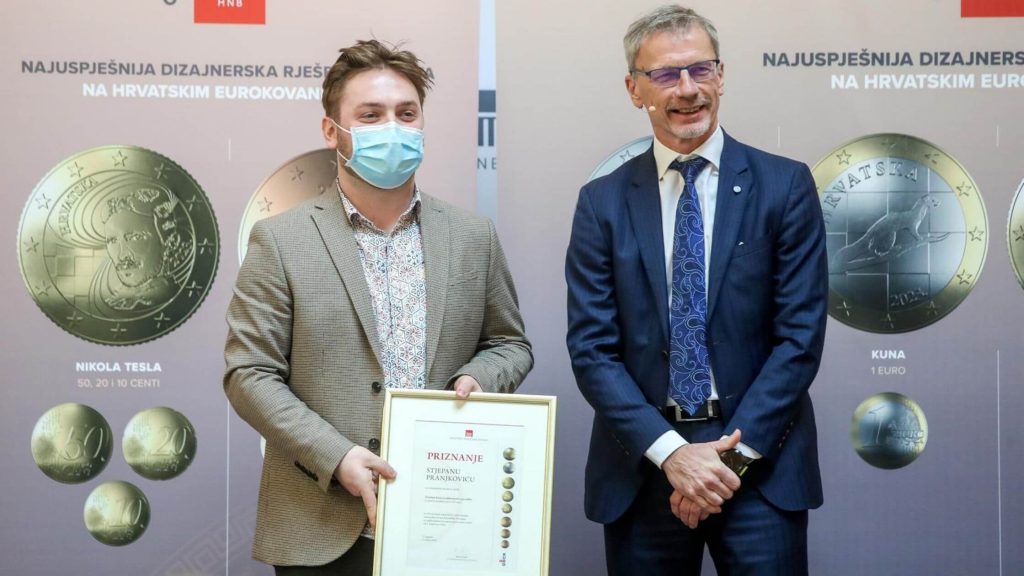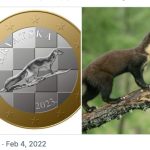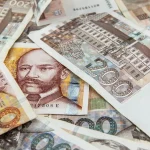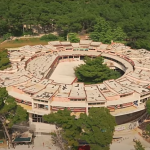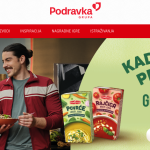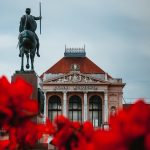The CNB will publish its comment on Monday, writes Večernji List.
The author of the photograph, Iain H. Leach, was not asked for permission to use his photograph.
“Yes, it looks like someone took my photo without my permission and used it to design a new Croatian coin. They told me it was a competition and that design won. I also heard that the winner received a cash prize. I didn’t get anything. He’s a thief. He took my photo and picked up the prize. I think that those who organized it should withdraw the cash prize and name the real author of the photo on which the Croatian coin was made,” Leach told 24 Sata.
“I am amazed at the interest from Croatia. A lot of good people from Croatia contacted me about this, and I didn’t hear anything about it until two days ago,” stated Leach for N1.
“I don’t mind the photo being used as a motif for the coin and I would be glad to see it there. However, I would like to be officially recognized as a photographer and receive a usage fee. Also, I don’t think that the person who stole my photo should be rewarded with almost 10,000 euros for something that was copied,” concluded the photographer for N1.
The Government told N1 that the competition to select the winning designs was led by the CNB from the beginning to the end.
“The competition for selecting the design was led from the beginning to the end by the CNB, through the Selection Committee (with external members) and the CNB’s Permanent Money Commission, which otherwise decides on the design of commemorative coins. All contestants had to submit a statement guaranteeing that they are the owners of the copyright of the artistic solution that they applied for,” the Government said for N1.
Recall, earlier this week, the Croatian Government presented the winning designs for the new Croatian euro coins. Various motifs were chosen – the coat of arms (šahovnica), a map of Croatia, a kuna (marten), Nikola Tesla, and the Glagolitic alphabet.
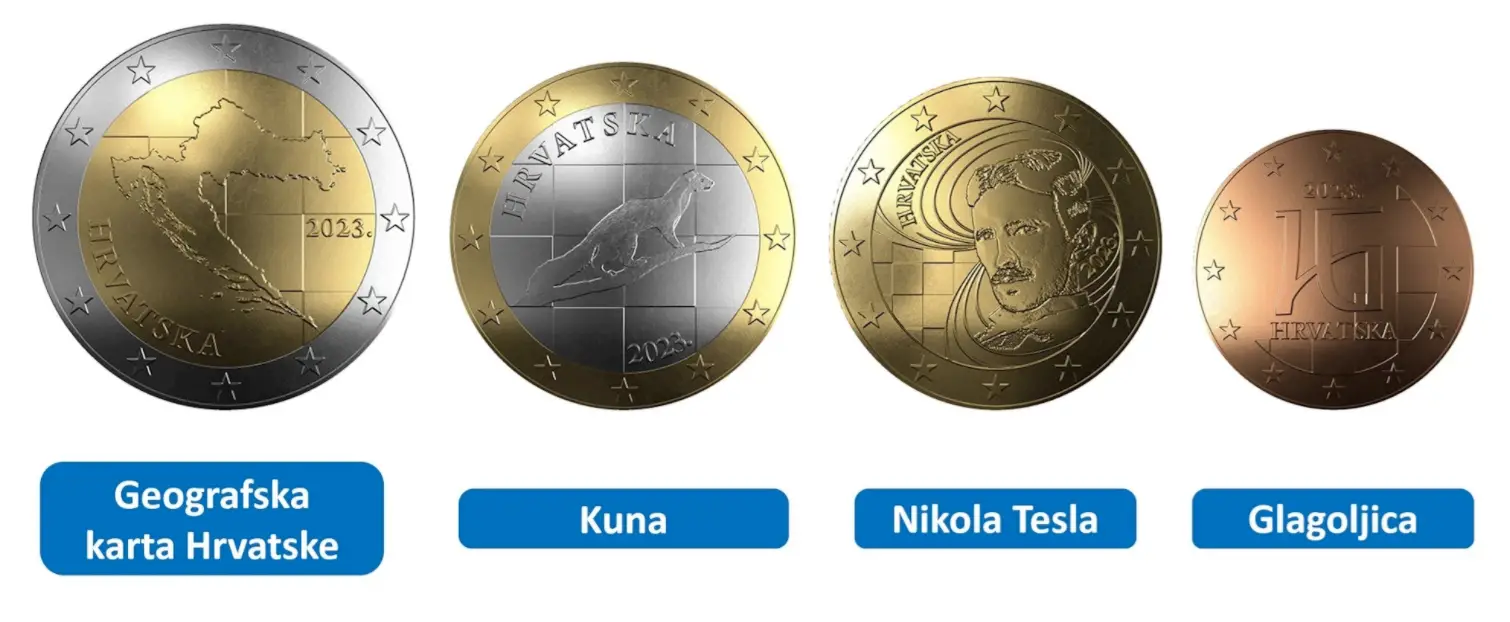
The kuna design, however, is familiar to a photograph of a kuna by a British photographer Iain H Leach. Many comments on social media pointed out the similarities between the kuna on the coin and the outline of the kuna in the photograph, primarily noticing the similar pose, the branch, but also smaller details, such as the position of the tail or the white color found on the animal’s neck.
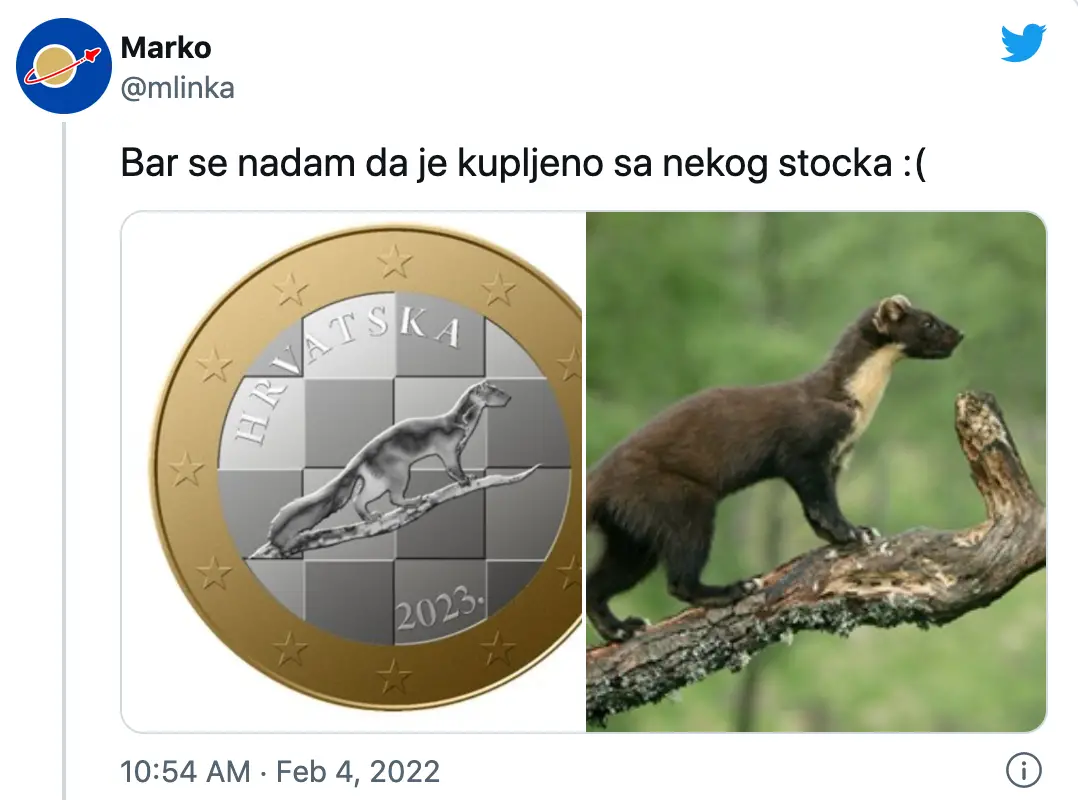
Leach also joined the discussion on Twitter.
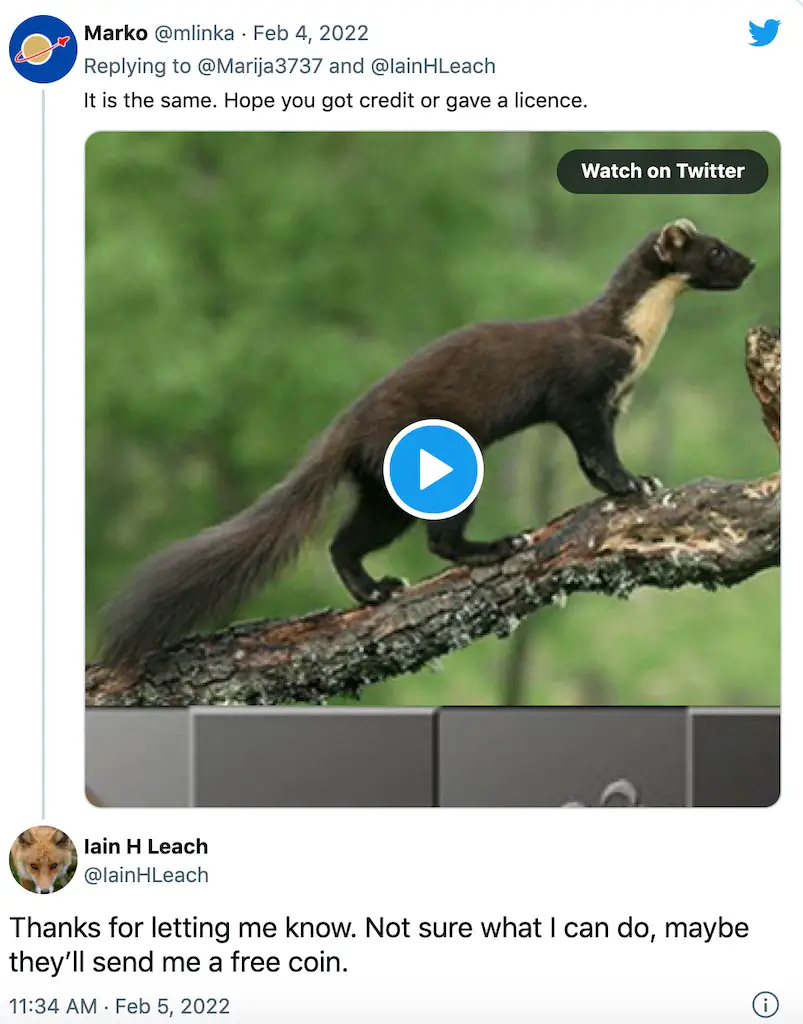
“I hope the author of the Croatian euro coin design contacted you and paid you for the rights to the photo because the coin looks the same as your photo,” one person wrote on Twitter, and he responded quickly. “Thanks for letting me know. Not sure what I can do, maybe they’ll send me a free coin,” Leach said. Twitter users soon began advising him to file a lawsuit.
This photo can be found in the photographer’s kuna gallery on his website and around the Internet. This photograph is also provided by Google if “pine marten side view” is entered in the search engine. Pine marten is the English name for the kuna.
The author of the Croatian euro coin design received HRK 70,000
The kuna motif will be on the 1 euro coin, and next to it will be the word “Croatia,” and the year they introduced the euro – 2023. The author of the best design for this coin is Stjepan Pranjković, Master of Applied Arts.
Pranjković received HRK 70,000 for his winning design. His other two solutions won second place, receiving HRK 35,000. In total, he received HRK 140,000.
There are also posts on the Internet in which Pranjković asked for help in a group on Facebook on how to process a photo for a coin.

By the way, 295 design proposals were accepted for the kuna coin. The Croatian Commission for the Selection of Artistic Design Proposals selected the nine most successful proposals and submitted them to the CNB. Finally, in the second round of the tender, the CNB’s Money Commission selected the three most successful design proposals.
The CNB published a document in which they explained the awarded works. Among them, they explained the motif of the kuna that will adorn the 1 euro coin, which is identical to the British photographer’s image.
“The author of the award-winning work decided on a realistic depiction of the kuna animal. He very successfully graphically highlighted the figure of the kuna using a different surface texture, which contributed to the realistic depiction.
The author skillfully used the relationship between the given elements, so he uses straight and sharp chessboard lines as a frame of motifs and contrasts them with wavy lines in depicting the marten animal and the branch on which it stands. The position of the obligatory elements, which are placed along the edge of the inner part of the coin, additionally frames the motif and emphasizes its position,” explains the CNB.
For more, check out our lifestyle section.

